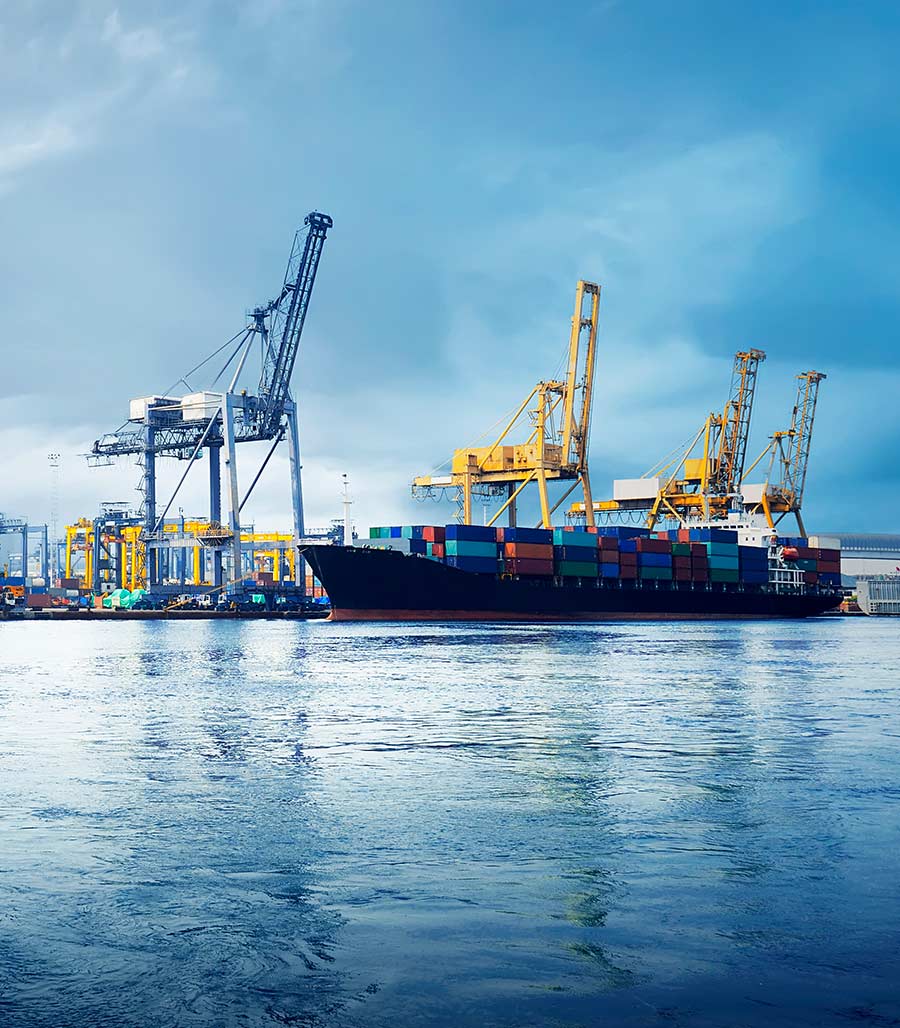
Today, packaging has become an important and integral part of the industry in the world. The growing demand for safe transportation of goods also increases the demand for pallet usage. Using pallets in a transport and storage system provides easy access to maneuvering all types of goods by a forklift. There are different types of pallets. The most common types are made of metal, wood and plastic. Wood pallets are most common in freight transportation.
Wood pallets
The use of wooden pallets is widespread and is mainly made in the four models described below. Although the 800 x 1200 mm pallet is the most commonly used wood pallet size, there are other sizes including 1000 x 1200 mm and 1200 x 1200 mm pallets. Depending on the type of cargo, pallets of 600 x 800 mm are also common, especially in the sector where consumer goods are distributed, and are called half pallets because they are half the size of the Euro pallet. In terms of weight, one euro-pallet weighs about 25 kg and can withstand loads of up to 1.5 tons.
There are many advantages to using these pallets. They are ideal for any warehouse system, automatic and high stack warehouses and trucks. They can be operated without restriction by a forklift or other loading equipment. In addition, the dimensions of the standard euro-pallet (800 x 1200 mm) include many standard-sized plastic and paper boxes, which facilitates the grouping of goods and products.


Features of wooden euro-palette (800 x 1200 mm)
Dimensions may vary and are subject to change upon customer’s request
Production materials: coniferous or pine trees, soft wood, hard wood
Boards: 11
Blocks: 9
Length: 800 mm
Width: 1200 mm
Height: 144 mm
Weight: about 25 kg
Safe working load: 1500 kg
Maximum additional load: 4,000 kg during assembly
EPAL, DB or EUR identification logo (euro-pallet) on the left block
The advantages of wooden pallets include the following:
Cheap price: Due to the ease of production, a more affordable price
Environmentally friendly: 100% reusable or recyclable material
Practical: can be handled from all four sides using a forklift or a pallet truck
Simple repair and maintenance: can be easily repaired compared to metal and plastic pallet types.
Better friction than other materials: One of the most noticeable advantages associated with wooden pallets is high friction on almost all surfaces. This type of friction helps keep these pallets in place without slipping on the goods during transport.
Ease of exchange: they are easy to exchange due to the wide turnover because the freight forwarder or the carrier delivers the loaded goods on pallets and in turn, takes back the same number of empty pallets.


Features of wooden euro-palette (1000 x 1200 mm)
Dimensions may vary and are subject to change upon customer’s request
Production materials: wood – pine
Boards: 13
Blocks: 9
Length: 1000 mm
Width: 1200 mm
Height: 166 mm
Weight: about 30 kg
Safe working load: 1000 kg
Maximum additional load: 4,000 kg during assembly
EPAL, DB or EUR identification logo (euro-pallet) on the left block
Note* Our team at ADY Container can help you choose the right pallet for your business transport needs. Rely on us with the operation of loading and placing pallets, regardless of their type and location.
